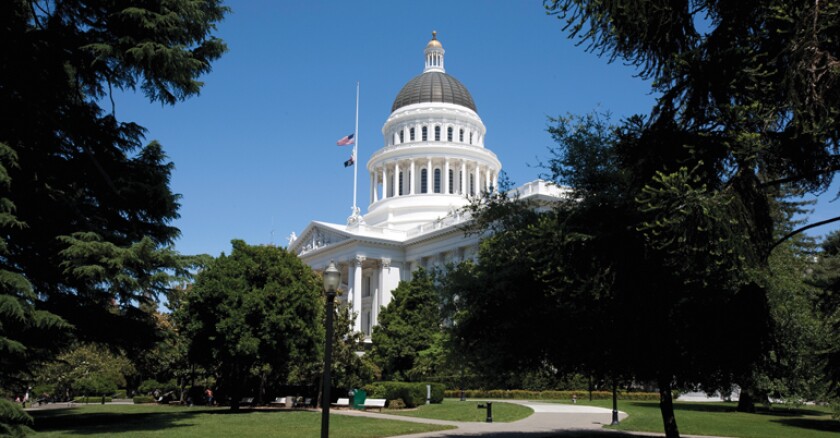Joe Stephenshaw, director of the California Department of Finance, offered the overview in a video presentation on YouTube that drew more than 3,500 online attendees.
The budget numbers aren’t final; next comes the May Revise, when any changes in the coming months will be reconciled before the document is formally adopted by the Legislature this summer.
Among the most notable technology-related changes in the proposed budget are these:
COMMUNITY COLLEGES
Newsom is proposing a statewide technology transformation for the state’s community colleges that calls for $168 million in one-time spending. This would “standardize and streamline data collection across the system and achieve both efficiencies and benefits for the system as a whole,” the plan says. Intended outcomes include adoption of a cloud-based enterprise system that would encompass college staff across the system; enhancement of data security; saving money through more efficient operations; and automation of credit transfers between institutions.
CRIMINAL JUSTICE
The proposed budget calls for a reduction of $4.6 million in one-time health-care information technology spending, a slimming down in general fund expenditures by delaying non-critical equipment purchasing and project implementation.
LABOR AND WORKFORCE DEVELOPMENT
The proposed budget calls for a one-time $124.2 million boost for the continued development of EDDNext, the state’s upgraded and streamlined benefits program. The project is coming into its fourth year and is intended to modernize benefit systems and improve customer service at the Employment Development Department (EDD).
The proposal also calls for a $25.8 million one-time Labor and Workforce Development Fund allotment for the Department of Industrial Relations to continue work on the Electronic Adjudication Management System.
In addition, Cal/OSHA Data Modernization would get an $18.2 million injection for the Department of Industrial Relations to continue the Cal/OSHA data modernization IT project to upgrade outdated systems and processes.
DEPARTMENT OF JUSTICE
The DOJ would receive $11.4 million for the department’s Firearms Information Technology Systems Modernization Project. This would set up Stage 4 of the Project Approval Lifecycle process for this project.
NEW AGENCIES
In addition, Newsom’s proposal calls for the creation of two new state entities, for which funding and other details remain unclear.
A proposed Consumer Protection Agency would focus on improving enforcement efforts and modernizing the tech stack to address emerging issues that may harm consumers.
A proposed new Housing and Homelessness Agency would “strengthen California’s ability to plan, produce and preserve housing while enhancing the state’s homelessness response now and over the long term by aligning housing initiatives with complementary policy areas,” the budget says. This would entail such areas as transportation, health, climate, energy and community planning. The goal is to “foster greater coordination and strategic alignment across state government.”
More details on these and other elements of Newsom’s proposal will come in the spring through a reorganization plan submitted to the Little Hoover Commission.
Pedro Nava, the newly re-elected chairman of the Little Hoover Commission, issued this statement Friday afternoon following Stephenshaw’s presentation:
“Governor Newsom’s 2025-26 Budget Summary released today proposes creation of a California Housing and Homelessness Agency and a California Consumer Protection Agency, using the formal governmental reorganization process. The Little Hoover Commission looks forward to fulfilling our statutory role to review the governor’s proposal.
“Under the reorganization process, the governor submits a reorganization plan to the commission at least 30 days before submitting it to the Legislature. The commission then reviews the plan and produces a report assessing the proposal within 30 days of the plan being sent to the Legislature. The Legislature has 60 days to consider the plan, and either house may reject it with a majority vote. If the Legislature does not reject the plan, it takes effect on the 61st day.“








